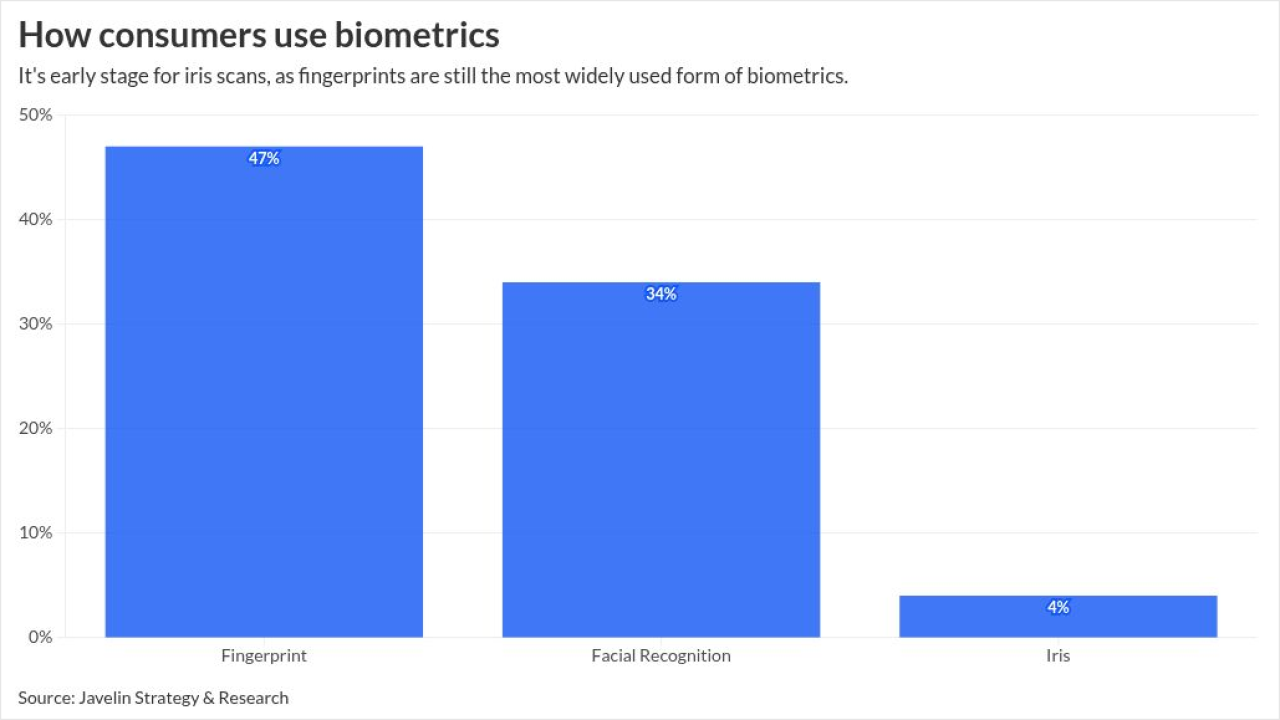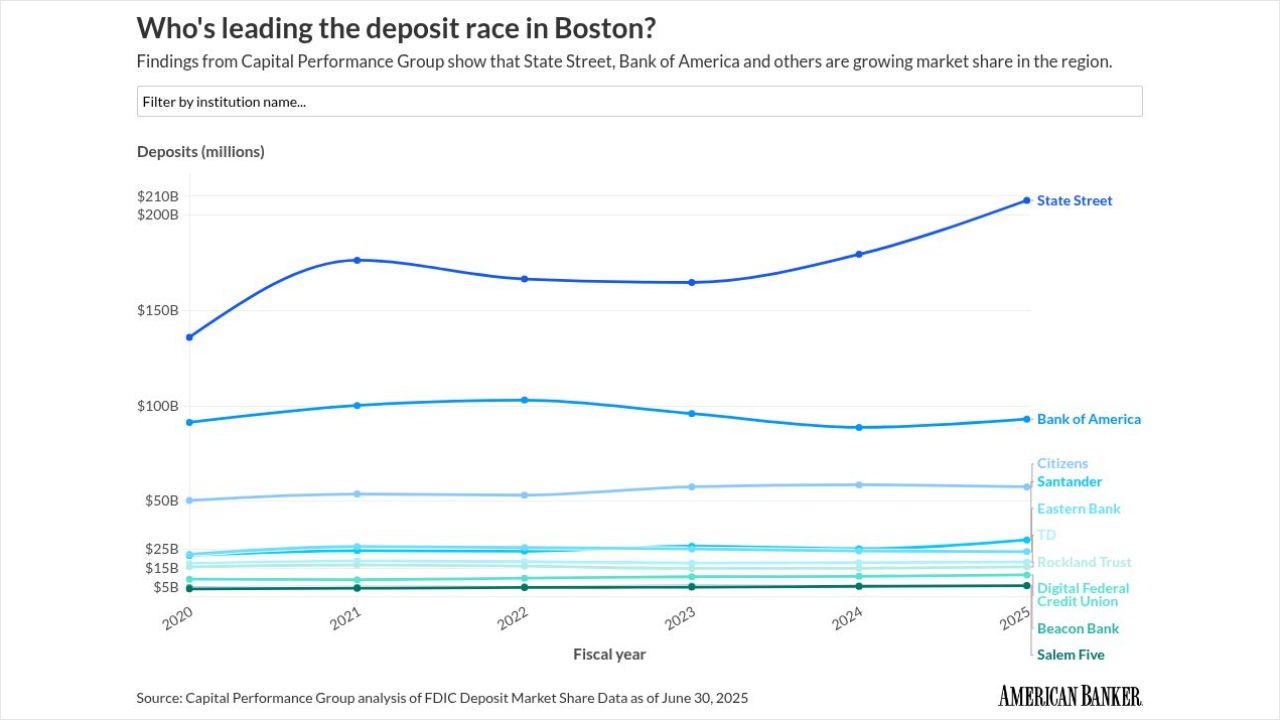An independent economic study found Washington and Oregon credit unions drove a positive, $7.7 billion impact on the region’s economy last year, the Northwest Credit Union Association said Friday.
The 2016 Northwest Credit Unions’ Economic Impacts report was prepared by economists at ECONorthwest. It measured supply chain spending, wages and direct benefits delivered to 5.5 million Oregon and Washington members. The credit unions’ impact was measured as equivalent to the annual revenue of national branding giants such as Hershey and Mutual of Omaha, according to ECONorthwest.
“Performing a high-level, independent economic analysis documents credit unions’ economic impact on communities, and the financial empowerment they provide to members,” Troy Stang, president and CEO of the Northwest Credit Union Association, said in a statement. “This leading-edge study will help elected officials and other community groups understand that credit unions’ not-for-profit, cooperative structure inherently holds them accountable to members. This data makes it clear that consumers must always have access to the cooperative financial services model.”
The analysis will be published in regional, state, county and congressional district versions, Stang said, so local communities and elected officials will see the specific benefits credit unions are providing to their economies and constituents.
The study follows closely on the heels of
Foundational to local economy
The economists who performed the study said credit unions, as member-driven cooperatives, are “uniquely positioned to return direct benefits to members” such as “better interest rates, lower fees, and other services that hard-working Americans need.”
According to the report, in 2016, 148 Northwest credit unions returned $528 million in direct benefits to members, which, when spent in local communities, generated $574 million in total economic impact.
Direct member benefits increased 50% since ECONorthwest produced a similar study in 2014. In 2016, the average Northwest credit union member received direct benefits of $95, up from $72 in 2014. The analysis attributed the increase partly to membership growth. Between 2014 and 2016, an additional 637,685 new members joined a Northwest credit union, representing 13% growth. The region’s population grew just 2.7% during that period.
Credit unions’ overall impact of $7.7 billion reflected a 13% increase from the $6.8 billion impact recorded in 2014, and outpaced the region’s 5.9% GDP growth.

Jobs, income, presence
The Northwest’s 17,061 credit union professionals earned total compensation of $1.24 billion in 2016. Every credit union job supports two others, the report finds, creating support for 51,010 family wage jobs.
Nearly 50% of the area’s population belongs to a credit union, representing 3.58 million members in Washington and 1.97 million members in Oregon. Credit unions are present in 63 of the region’s 75 counties.
Idaho impact to be studied
In January, the NWCUA entered a Strategic Alliance management agreement with the Idaho Credit Union League. Stang said ECONorthwest economists have been commissioned to conduct a similar analysis documenting the economic impact of Idaho credit unions later this year.
Read the 2016 Northwest Credit Unions’ Economic Impacts report here:





